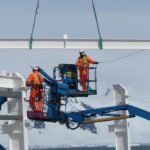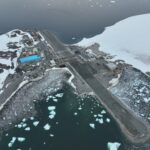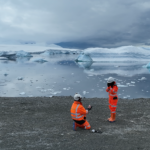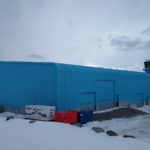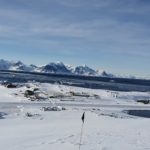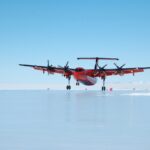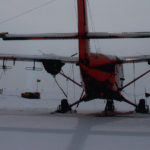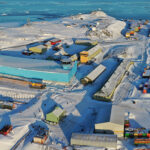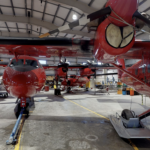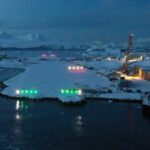The Rothera Air Infrastructure project is part of the Antarctic Infrastructure Modernisation Programme (AIMP) future phases. The Dash 7 aircraft is due to be phased out and the British Antarctic Survey has purchased a replacement aircraft to continue to support its scientific and strategic objectives. Find out more about Future Air Capability.
The runway and hangar have been identified as infrastructure which needs redevelopment to support the aircraft programme in the long term.
Resurfacing & upgrading lighting
Hangar redevelopment
Runway enhancement
14 March, 2023 by Christopher Robert Lloyd
Christopher Robert Lloyd, Associate Project Manager at Ramboll is currently working at Rothera Research Station on the construction of the Discovery Building for the Antarctic Infrastructure Modernisation Programme (AIMP). In …
25 October, 2024
British Antarctic Survey has won the Gold Award at the National Building and Construction Awards 2024 for ‘The Project of the Year (£10 million to £25 million)’. Oliver Darke, Director …
21 February, 2024
Engineers Tania Alvarez and Jose Valverde have celebrated their engagement at one of the world’s southmost locations, British Antarctic Survey’s Rothera Research Station on the Antarctic peninsula.
3 April, 2023
A new scientific and operational support facility at Rothera Research Station for British Antarctic Survey has been made weathertight, with the cladding complete and an operations tower installed.
2 December, 2022
The next phase of the Antarctic Infrastructure Modernisation programme (AIMP) is set to begin with a 6-month construction season at Rothera Research Station. The station is the UK’s largest Antarctic research and operations hub that supports leading researchers in frontier science in the region.
18 July, 2022
This month (July 2022) a formal change in the leadership of the Antarctic Infrastructure Modernisation Programme (AIMP) takes place. Elen Jones joins British Antarctic Survey as the new AIMP Programme Director …
The De Havilland Canada Dash-7 (DHC-7) is a key element of our aircraft capability. This four-engined aircraft with a worldwide reputation for reliability, economy and performance made its first flight …
The Twin Otter is a high-wing, twin-engine, turbo-prop aircraft. They are used all over the world and are known for their rugged construction, reliability and short take-off and landing performance. …
The largest British Antarctic facility is a centre for biological research and a hub for supporting deep-field science.
Supporting deep-field science
The runway at Rothera is 900 metres long (2,950 ft) and is made of crushed rock. To the west of the runway lies the aircraft hangar, which houses the Dash-7 and three Twin …
